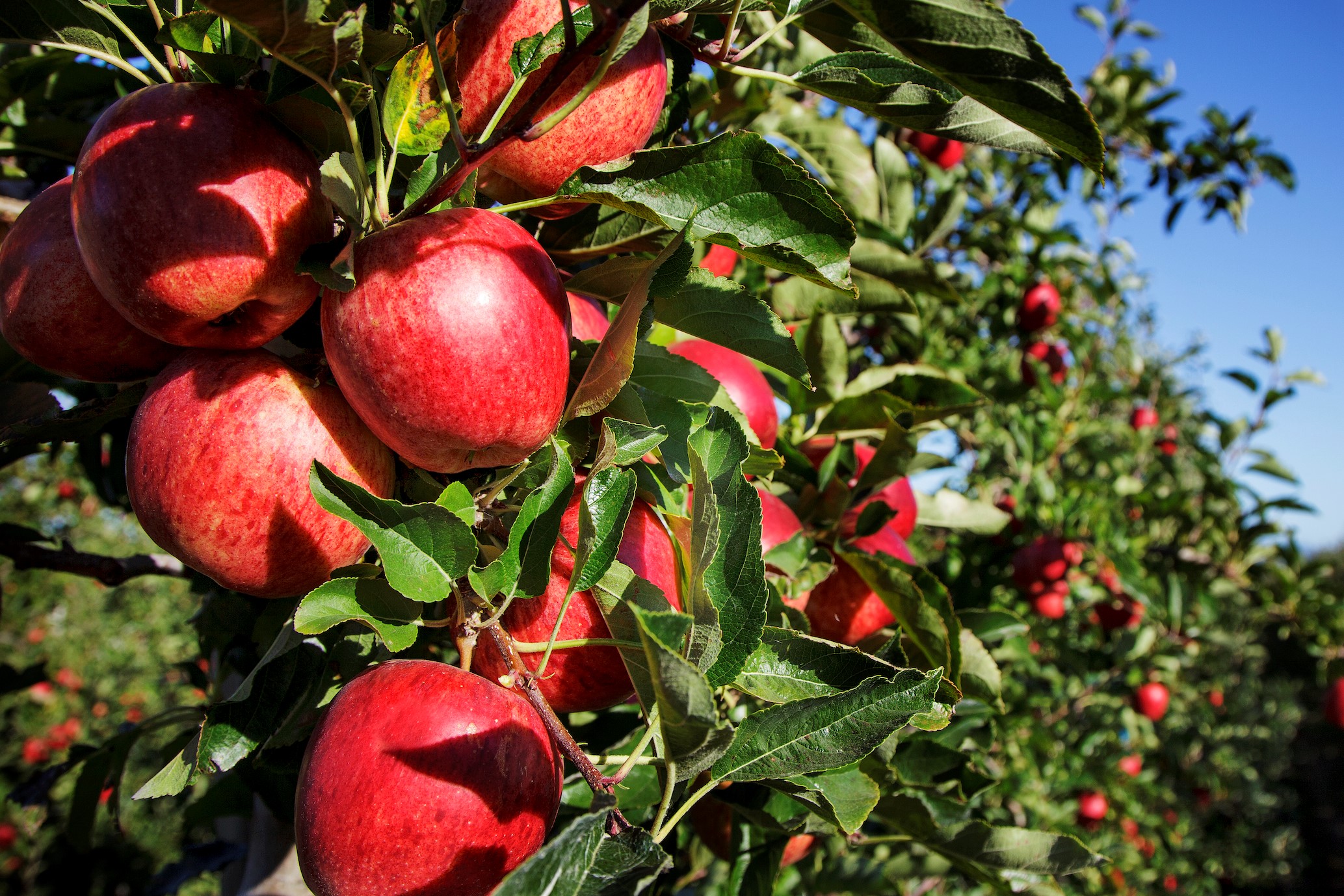An updated 2021 crop estimate from New Zealand Apples and Pears Inc shows that initial forecasts for the harvest will not be achieved and export earnings for this year will be down significantly.
New Zealand Apples and Pears Inc (NZAPI), the industry association representing all apple, pear and nashi growers in New Zealand, has released an updated crop estimate for 2021.
In January, the industry was forecasting a gross national crop of 558,672 metric tonnes, 5% down on the 2020 harvest. The export share of the gross crop was forecast to be 374,751 metric tonnes (20.8 million cartons), 7% down on 2020, reflecting a shortage of available labour and significant hail events in the Nelson and Central Otago regions.
“As we near peak harvest, it has become increasingly clear that we will not achieve those initial forecasts”, NZAPI CEO Alan Pollard said.
“Labour availability on orchards and in our post-harvest operations is well short of numbers needed by the industry despite doing all we can to attract New Zealanders into work. In addition, the fruit size is coming in smaller on average than we forecast”.
The industry now expects the export share of the gross national crop to be around 347,718 metric tonnes or 19.3 million cartons. This is 3 million cartons or 14% below 2020, representing a $95-$100 million year on year reduction of export earnings.
Of the varieties exported, Braeburn is the most significantly impacted with a revised estimate of 1,468,000 cartons some 44% below 2020 levels. Royal Gala, which remains the variety with the largest share of exports, is now forecast to be 15% or 1,088,000 cartons down on 2020, with Cripps Pink at 15% down and Fuji 19% down. On the other hand, DazzleTM, EnvyTM, Honeycrisp and RockitTM continue to show strong growth as new plantings come into production.
“While the size profile is smaller than we expected, putting premium sizes into short supply, quality remains very good, and the fruit is well coloured,” says Pollard. “New Zealand has a global reputation for reliability, consistency and quality, and 2021 will be no exception. Demand is strong in our key markets, but we remain concerned about continuing disruption to international shipping schedules and port congestion”.




